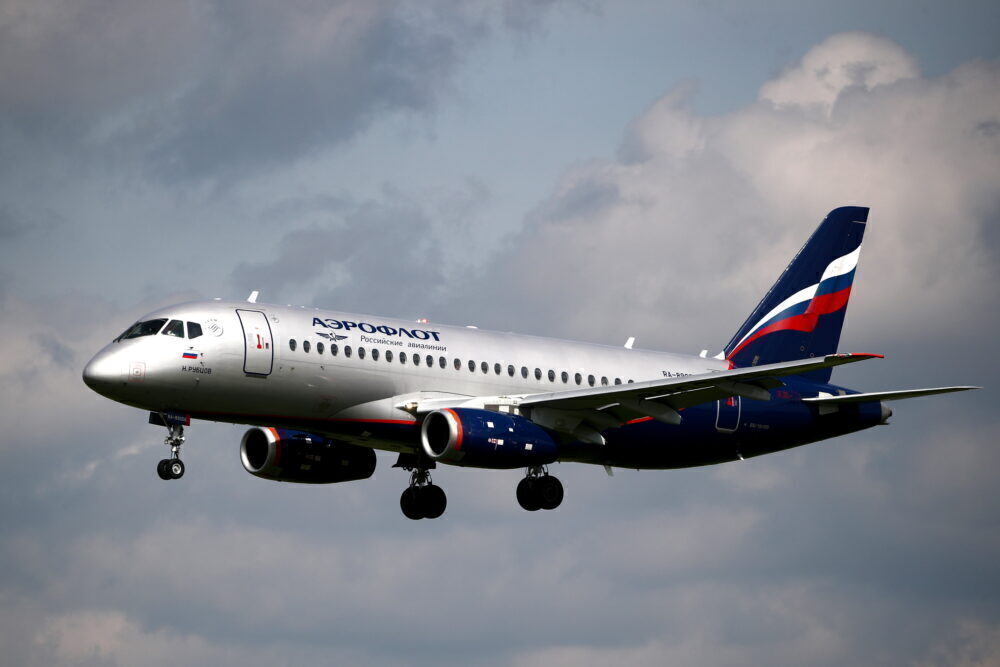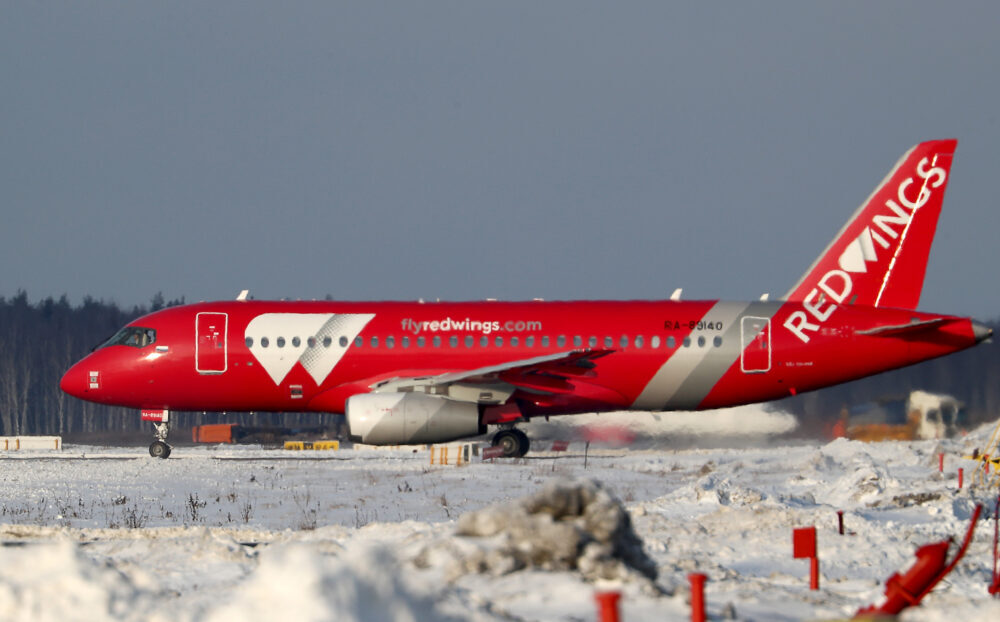An international collaboration once a source of hope for a post-Soviet commercial aviation industry, the Sukhoi Superjet has not become the success its manufacturer had envisioned. However, with servicing costs potentially under control and deliveries picking up, could there still be a future for Russia’s regional challenger? Let’s take a closer look a the SSJ100.

Hope for post-Soviet era aviation
The regional Sukhoi Superjet SSJ100 took its first flight in May 2008 as part of a rich national aviation industry heritage. Its designer, Sukhoi, has been around since 1939 as a manufacturer of military aircraft such as the World War II-era Su-2 and the upcoming project ‘Checkmate’ fifth-generation fighter jet revealed at the MAKS Air Show in Moscow on Tuesday.
However, in the late 1990s, Sukhoi also transitioned into the civilian aircraft segment. In May 2000, the government gave the company the mission of developing the first post-Soviet all-new commercial aircraft. Following extensive market research, the Russian government, finances bolstered by high oil prices, allocated funds for the development of a 70 to 80 seater aircraft.
There was much excitement within Russia about the aircraft, which was originally intended to enter service by 2007. The General Director of Sukhoi at the time, aerospace engineer Mikhail Pogosyan, claimed that the Superjet would be able to compete with regional aircraft giants Bombardier of Canada and Embraer of Brazil. The public image domestically was one of the Superjet soaring towards the international market.

However, as with many aircraft projects, the Sukhoi Superjet was marred by delays due to malfunctions and engine shortages. The aircraft finally made its first commercial flight in April 2011 with since folded Armenian flag carrier Armavia, with an aircraft named after the first human being in space, Yury Gagarin.
An international assortment
The Sukhoi Superjet is powered by PowerJet SaM146 turbofan engines. These are developed as a joint project between Safran Aircraft Engines of France and Russian NPO Saturn. However, UAC hopes to be able to offer a domestically crafted PD-8 engine option, developed by the United Engine Corporation, within the near future.
Meanwhile, the fuel system, which has a capacity of 113,351 liters, is supplied by Intertechnique, also based in France. The Superjet’s power supply is designed by American multinational Honeywell and Russian-based MMPP Salyut.
Electrical systems are supplied by American firm Hamilton Sundstrand which has since merged with Collins Aerospace. Fire suppressing systems came from Curtiss-Wright. Furthermore, the landing gear also comes from Safran, featuring Goodrich (later Michelin) tires.

Trouble with spare parts and service costs
While all this international cooperation made for great publicity, the motley set up along with US sanctions against Russia was to be one of the SSJ100’s major issues. Foreign airlines that have purchased the aircraft, namely failed Mexican low-cost carrier Interjet, quickly fell out of love with the type due to its rampant servicing cost and lack of spare parts.
Not only international customers found faults with the maintenance expenses. In 2019, one of the type’s third-largest operators, Yamal Airlines, decided not to take the ten options it had in addition to the 15 SSJ100s already in its fleet. Meanwhile, UAC’s General Director Yury Sluysar recently told President Putin that these issues have now been resolved.

Orders and operators
To date, UAC has received 301 orders for the Superjet and delivered 147. By far, its largest customer is, somewhat unsurprisingly, Russian flag carrier Aeroflot. The state-owned airline has ordered a total of 150 and taken delivery of 61. Meanwhile, they are all set to be transferred to Rossiya Russian Airlines by the end of 2022.
The Aeroflot Group has embarked on a reshuffling of fleets which will see Aeroflot focus on premium and long-haul routes and Rossiya on operating domestically produced aircraft, such as the SSJ100 and the upcoming narrowbody MC-21. Rossiya currently has 33 of the jets in its fleet.
Other operators include single-type Azimuth Airlines with 15 of the plane. However, founded in 2017, the Rostov-on-Don-based carrier is set to step away from its homegrown loyalties with a recently placed order for six Airbus A220s. The order was announced at the MAKS 2021 air show in Moscow, taking place at the time of writing.

Gazpromavia, the airline of state-owned energy company Gazprom, has ten, which it uses for passenger flights mostly related to the oil and gas industry. Moscow Domodedovo-based leisure carrier Red Wings has eight. However, it has indicated it could be looking to operate as many as 60 of the type by 2024. Meanwhile, Irkutsk native IrAero has six.
Superjet figures
The jet can seat up to 108 people in a five-abreast configuration but is typically fitted for 87 to 98 passengers. Aeroflot’s SSJ100s seat 75 in economy with a 30 to 32-inch pitch and 12 in business class recliner seats with a 36-inch pitch. In 2018, the aircraft had a list price of just over $50 million.
It flies at a cruise speed of Mach 0.78 (828 km/h / 448 knots) and has a range of 1,646 nautical miles (3,048 km) for the standard model. A longer-range version is available with extra fuel tanks at the expense of cargo space, which increases its reach to 2,472 nautical miles (4,578 km).
Both stretched and shrunken versions of the Superjet have been hinted at from time to time, but have never been officially introduced.

Fatal crashes
In 2012, just one year after the type had entered service, a Superjet on a demonstration tour in Indonesia crashed into a mountain in the province of West Java. Investigators found the fault to lie with the flight crew, who was unaware of the high ground but also ignored signals from the terrain warning system. All 45 people on board the aircraft, including crew, journalists, and prospective clients, died in the crash.
That is not the only lethal hull loss in the jet’s short history. In May 2019, Aeroflot Flight 1492 caught fire during an emergency landing at Moscow Sheremetyevo following an electrical failure due to a lightning strike. Only 37 out of the 78 people on board survived.
Have you ever flown on a Sukhoi Superjet? What was your experience? Let us know in the comment section below.
from Simple Flying https://ift.tt/2UxCqkw
via IFTTT
Comments
Post a Comment